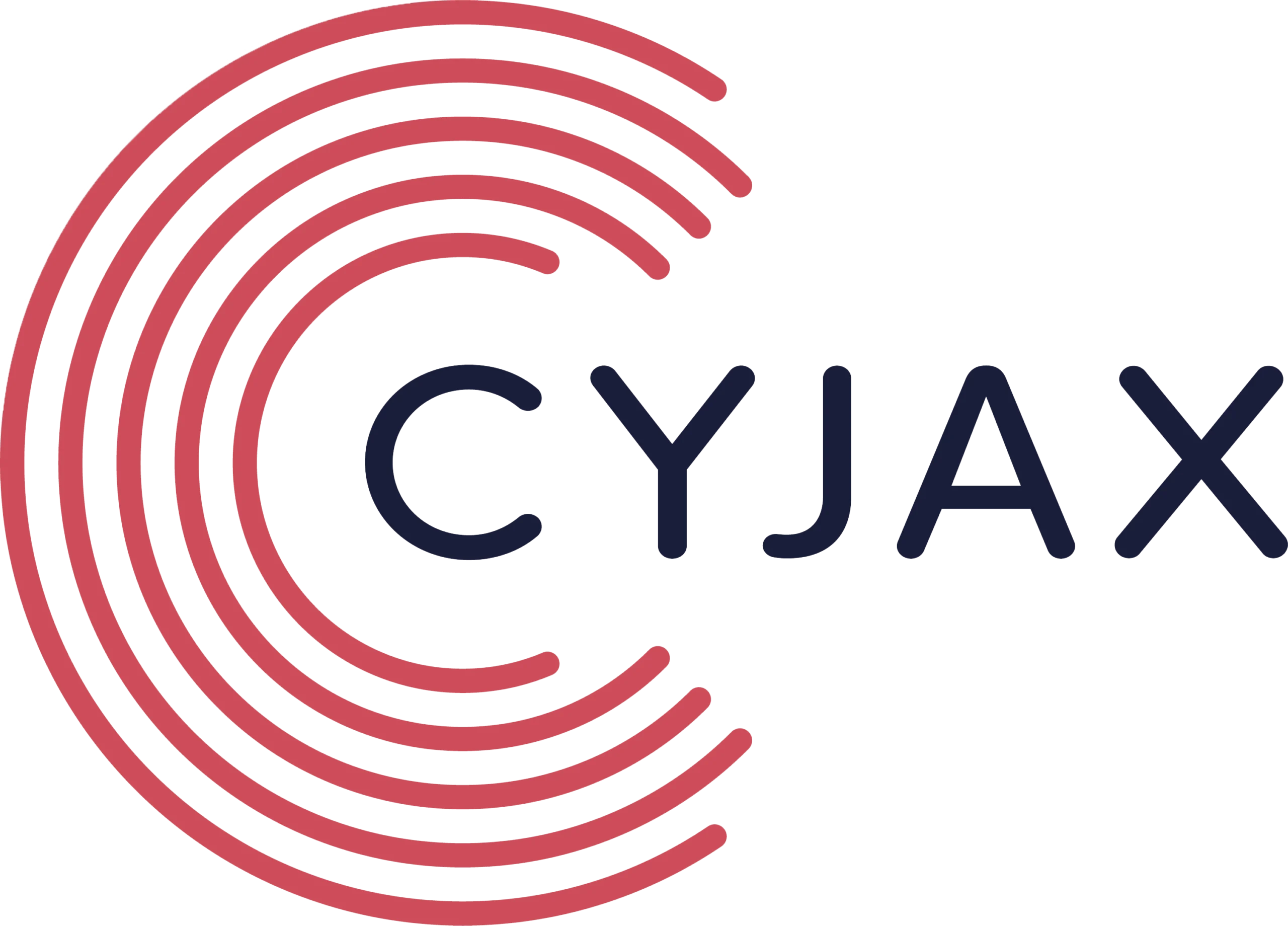Election Background
Approximately 190 million Indonesians will head to the polls on 17 April for the 2019 presidential elections. They will choose a President and Vice-President, alongside 136 members of the Regions House, 575 members of the House of Representative, 2,207 provincial MPs and 17,610 local councillors.
The election will be fought broadly around three key issues: the role of faith in society; social inequity and the division of resources between different ethnic groups; and the health of the economy, with a particular focus on the depreciation of the rupiah. Concerns related to the Electoral Commission’s perceived ability to manage the logistics of the vote and the potential for election-related violence will also colour the debate.
Like most authorities presiding over democratic elections in recent years, the Indonesians are deeply concerned about the propagation and spread of fake news. False stories can exacerbate existing societal divisions and create new sources of conflict. Ultimately, they have the potential to distort the vote and influence the outcome of the election.
Fake News Fears
The 2017 Jakarta gubernatorial election underscored the risk that online misinformation can pose to the democratic process. Former governor Basuki “Ahok” Tjahaja Purnama was jailed for blasphemy after a doctored video of him appearing to insult the Quran went viral on social media. Turn Back Hoax, a crowd-sourced initiative to identify and debunk fake news, identified over 1,000 false reports circulating about the election on social media. Many of these exploited Ahok’s status as an ethnic Chinese Christian to sow division among the majority Muslim population.
It is these ethnic and religious divisions that fake news is at most risk of inflaming. Indonesia has a long history of inter-communal violence, most infamously in May 1998, when more than 1,000 people died during two weeks of rioting in Jakarta, Medan and Surakarta. It is not inconceivable that false reporting could be used to incite violence between groups that have lived relatively harmoniously in recent years.
Indeed, there are groups that have spread misinformation precisely to this end. In early 2018, police arrested numerous members of the MuslimCyberArmy (MCA) – a self-proclaimed cyber-jihadist network that aimed to inflame societal divisions and undermine the government. Members of a separate hoax syndicate – Saracen – were jailed last year after being convicted of “intentionally spreading information to incite hate” on social media. In that instance, they operated a ‘fake-news-on-demand’ service for paying customers.
Misinformation Spreads Fast
A fundamental problem is that fake news spreads “significantly farther, faster, deeper, and more broadly than the truth, in all categories of information, and in many cases by an order of magnitude”. These are the findings of a recent MIT study that sheds light on the phenomena of fake news. Indeed, according to the researchers, false reports are 70 percent more likely to be retweeted than true stories. It also takes a genuine report six times longer to reach 1,500 people than a fake story. Further, false information is retweeted up to 20 times faster than facts and retweeted more broadly by unique users.
In common with other countries, Indonesia faces several factors that exacerbate the risk posed by fake news. Most notably, they have a significant and growing number of new internet users that are yet to develop the requisite digital literacy to identify fake news. While millions of Indonesians venture online for the first time, critics have accused the government of under-investing in education programmes that could help its citizens identify false information online.
In addition, Indonesia has a highly fragmented media landscape that enjoys relative press freedom. Many outlets are aligned with political parties and push a partisan view of political events. Given that distorted or deliberately misleading content is more likely to go viral, less scrupulous outlets are incentivised to produce click-bait material to maximise their visitor numbers and ad revenue. Once a hoax story gains traction on social media, it becomes very difficult to refute.
Tackling Fake News
It is for these reasons that Indonesia is increasingly cracking down on fake news during the run-up to April’s elections. Between October and November 2018, police arrested more than a dozen people for spreading false information on social media. Efforts to boost digital literacy are also being enhanced and a 70-strong team of analysts hired to identify and debunk false reports. Citizens can also report suspected fake content to the government’s Check Hoax service.
In the private sphere, 22 of Indonesia’s most reputable media outlets have partnered to create CekFacta – a collaborative fact-checking and verification initiative that aims to combat fake news. As an independent third-party, it is hoped that CekFacta can minimise any claims of partisan bias. However, the problem remains that misinformation is extremely difficult to dispel once it has gone viral. As a consequence, educating Indonesians to identify and reject false news before it spreads remains of paramount importance.
This article is Part One of our series on the Indonesian elections, which take place in April this year.

